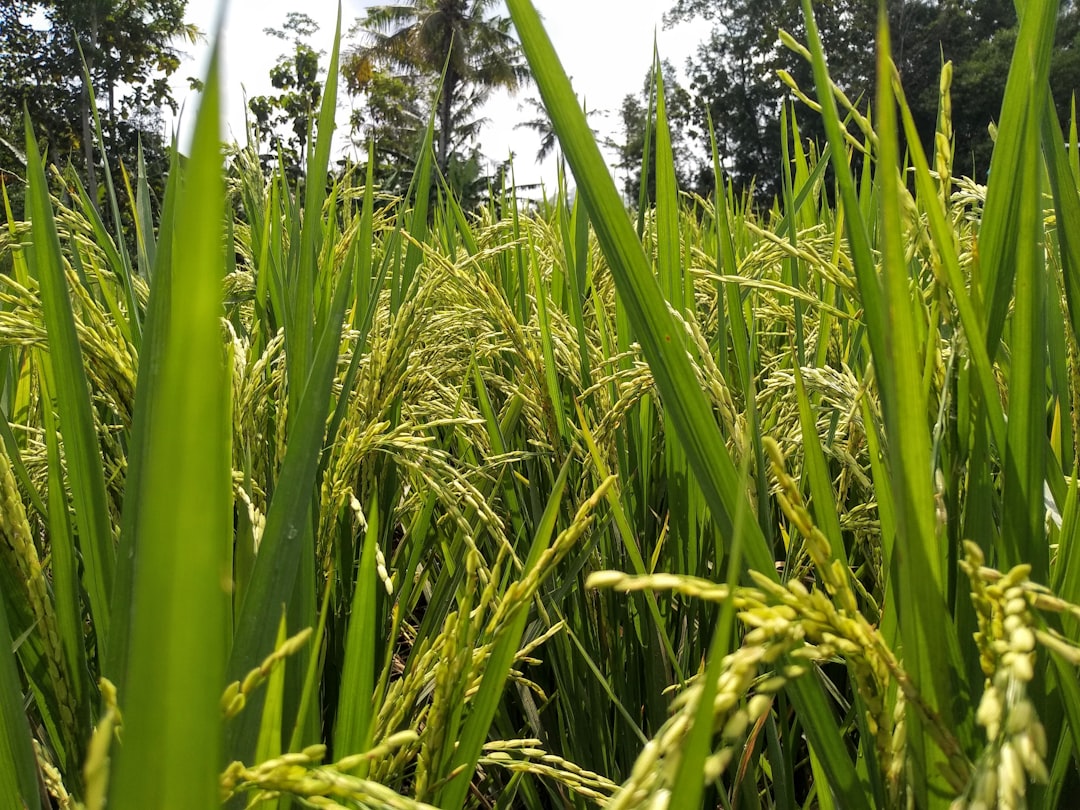What is it about?
Functional wing polymorphism is commonly observed in insects, and it may confer an important adaptive value to populations that bear this trait, because it allows dispersal and the location to more favorable habitats for their survival and reproduction. According to the oogenesis-flight syndrome theory, such wing polymorphism may imply differences in the locomotion capacity of individuals, which is a factor induced by adverse environmental conditions during muscle development in immatures. Scaptocoris carvalhoi Becker (Hemiptera: Cydnidae) is an important agriculture pest in Brazil, and it has burrowing habits. The adults swarm in the beginning of the rainy season after a prolonged drought period in the Brazilian cerrado region. In these swarms, part of the population leaves the soil, performing long flights until locations with more abundant vegetation. In this study, we characterized wing polymorphism in S. carvalhoi, this being the first description in a species of Cydnidae. Brachypterous and macropterous males and females were observed, which showed positive and significant correlations between body length and hindwing length. Macropterous individuals demonstrated greater locomotion capacity than brachypterous individuals. In addition, only long-winged adults could fly, showing wing mobility and flight reaction. The increased number of macropterous individuals inside the soil during the swarming season and in the beginning of the rainy period suggests that wing polymorphism in this population occurs in seasonal cycles and that factors related to the scarcity of rains influence the development of immatures and the formation of polymorphic adults.
Featured Image
Read the Original
This page is a summary of: Wing Polymorphism and Dispersal of Scaptocoris carvalhoi (Hemiptera: Cydnidae), Annals of the Entomological Society of America, May 2008, Oxford University Press (OUP),
DOI: 10.1603/0013-8746(2008)101[551:wpados]2.0.co;2.
You can read the full text:
Contributors
The following have contributed to this page










